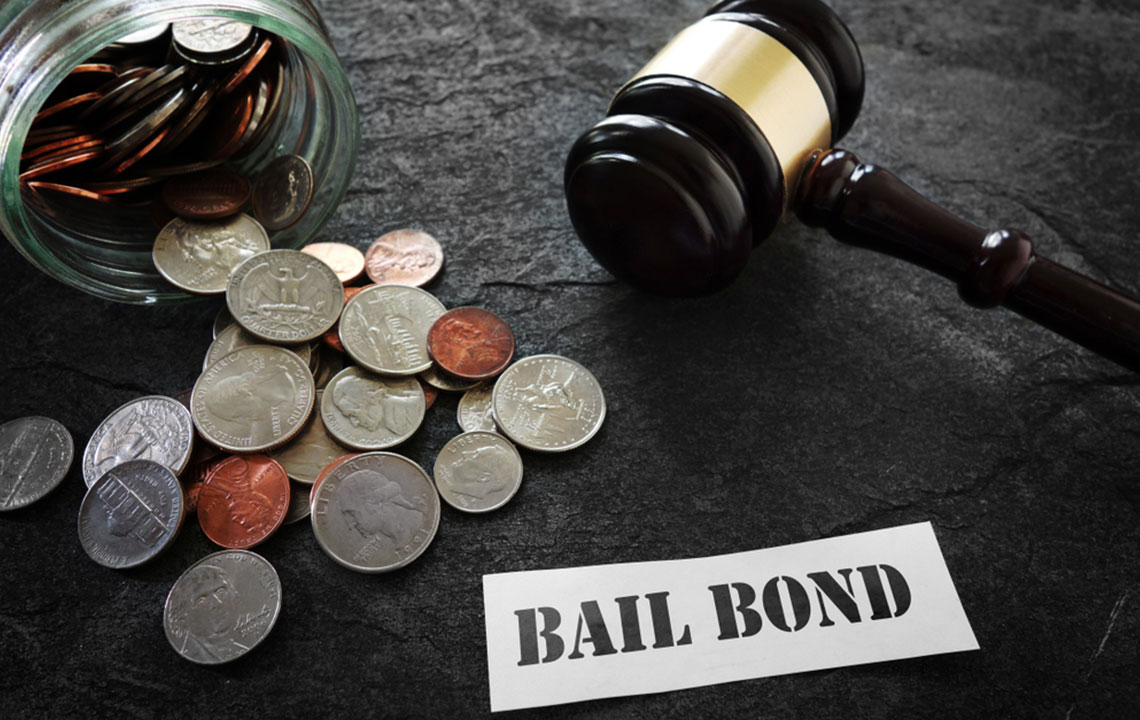Essential Guide to Bail Bonds and Their Functioning
Learn everything about bail bonds, including their types, how they work, and the role of bondsmen. Understand the process of securing bail through cash or collateral and the conditions involved for defendants. This guide simplifies the complex world of bail bonds to help you navigate legal procedures effectively.
Sponsored

You've probably heard the term “bail” in news stories or TV courtroom scenes. But what exactly does bail mean?
Simply put, bail is the money a defendant pays to secure their temporary release from jail, ensuring they return for court dates. The amount varies depending on the case and is set by the judge. Once the case concludes, the bail is refunded to the defendant.
There are two main types of bail: cash bail and bail bonds. Cash bail requires the full amount paid upfront in cash, which can be costly. Bail bonds, or surety bonds, involve a third-party bondsman who agrees to cover the bail amount, typically charging around 10% of the total, especially for high-value bails in serious cases.
When dealing with large bail sums, defendants often seek assistance from bail bondsmen. These professionals post bail on their behalf in exchange for a fee, typically about 10% of the bail amount. To secure the bond, the defendant provides collateral—assets of value such as bank accounts, real estate, jewelry, stocks, or vehicles.
Both the court and the bondsman impose conditions for the defendant's release. Primarily, the defendant must attend all court hearings and refrain from illegal activity until the trial concludes. Violating these conditions can lead to an arrest warrant. The bondsman may require the defendant to forfeit their collateral and, if they fail to appear in court within six months, pay the entire bail amount. The bondsman also reserves the right to locate the defendant if they abscond.






